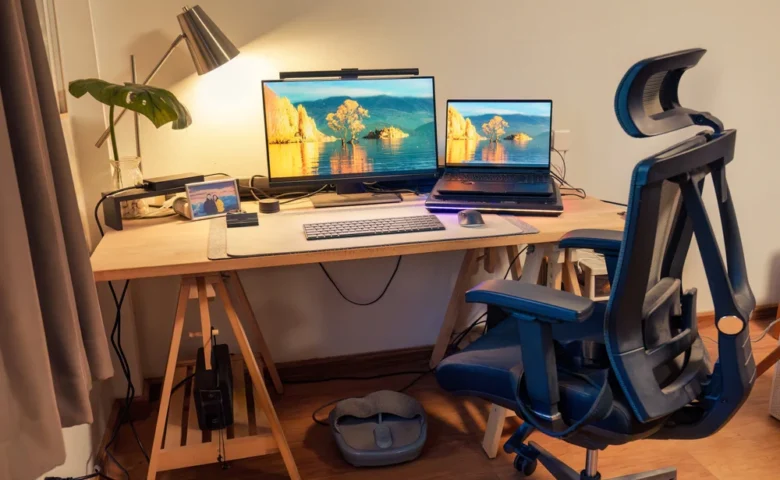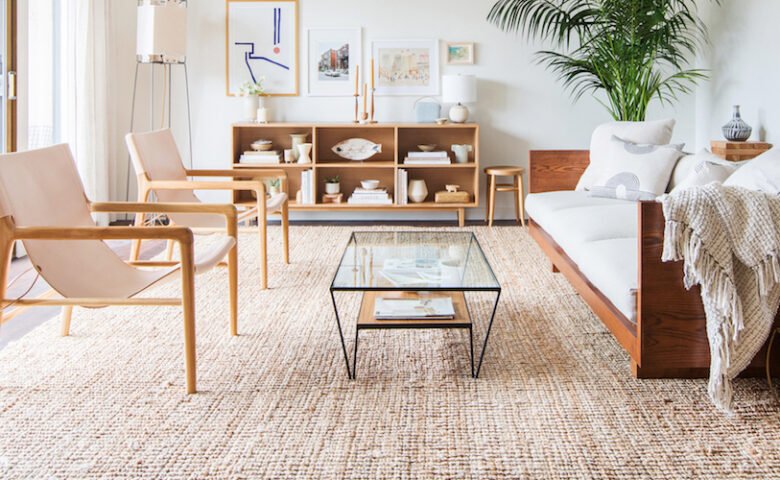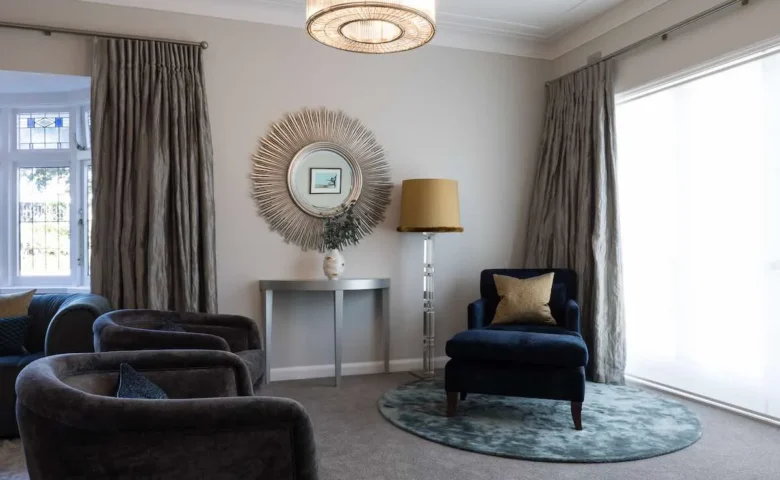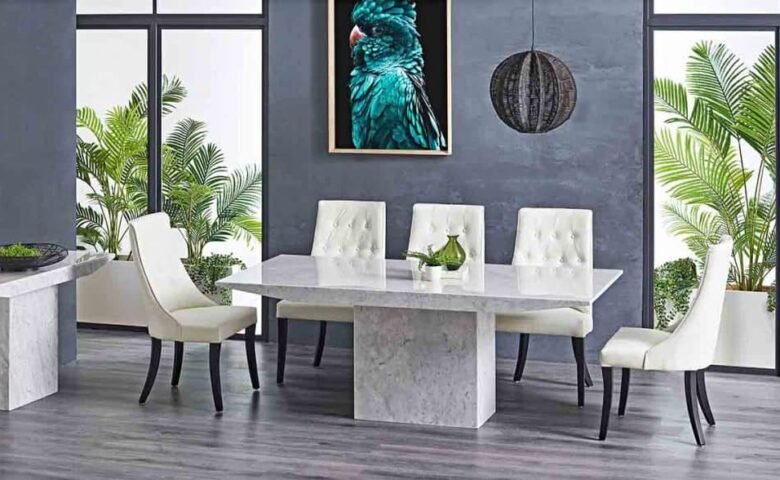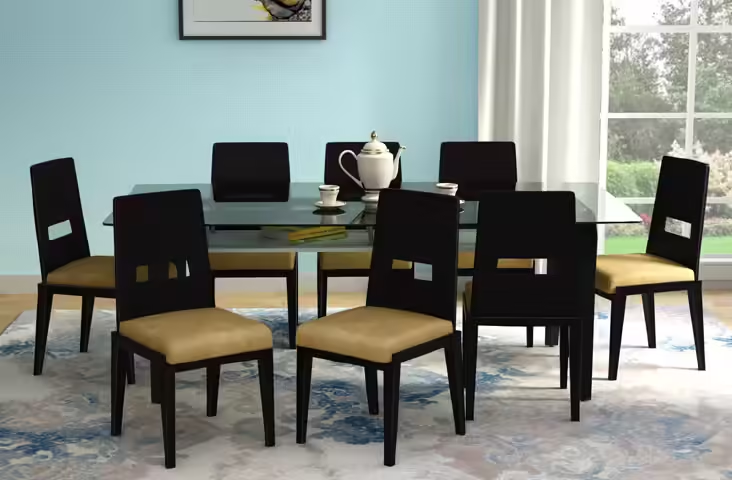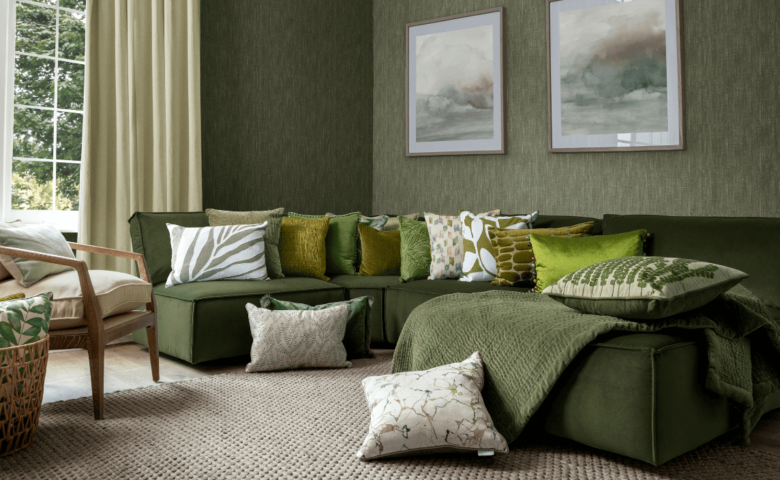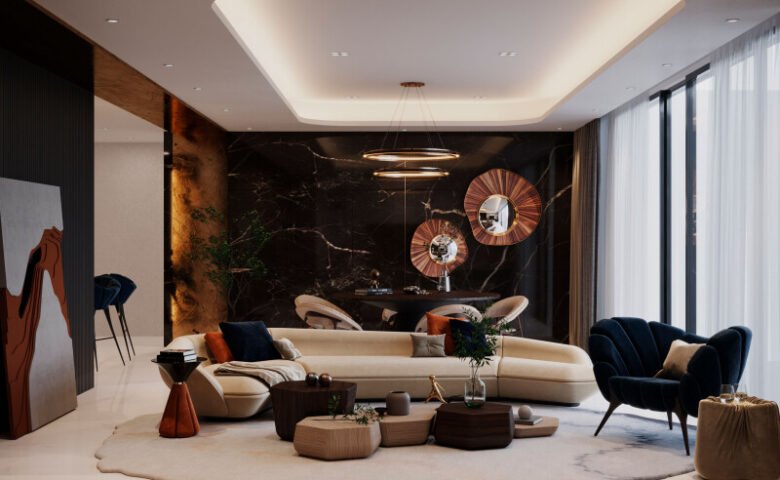The Health Benefits of an Ergonomic Dining Chair
When it comes to home furniture, we often think about comfort, style, and durability. But have you ever considered the health benefits of an ergonomic dining chair? Dining chairs play a crucial role in your overall posture and well-being, especially if you spend long hours sitting at the table with family or friends. Let’s explore how ergonomic dining chairs can make a significant difference in your health and lifestyle.
1. Improved Posture
One of the main benefits of an ergonomic dining chair is its ability to support proper posture. These chairs are designed to align your spine and encourage you to sit up straight, reducing the risk of slouching. Good posture helps prevent back and neck pain, ensuring you stay comfortable during your meals.
2. Reduces Back Pain
Ergonomic dining chairs provide excellent lumbar support, which is essential for preventing lower back pain. The chairs are contoured to fit the natural curve of your spine, providing the right amount of support where you need it most. This makes them a great choice for anyone who suffers from chronic back issues.
3. Enhanced Comfort
Comfort is key when it comes to dining chairs, especially during long gatherings or dinner parties. Ergonomic chairs are designed with soft cushioning and adjustable features, allowing you to sit comfortably for extended periods without feeling any discomfort or strain.
4. Increased Blood Circulation
Sitting in the wrong position can restrict blood flow to your legs and feet. Ergonomic dining chairs are designed to keep your legs at the correct angle, promoting better blood circulation throughout your body. This reduces the risk of numbness and discomfort in your lower limbs.
5. Boosts Overall Well-Being
When you feel comfortable and supported, you’re more likely to enjoy your time at the dining table. Ergonomic chairs not only enhance your dining experience but also boost your overall well-being by reducing stress on your body. A healthier, more relaxed you leads to better mealtime conversations and happier moments with loved ones.
Conclusion
Investing in an ergonomic dining chair is more than just a design choice; it’s a decision that benefits your health and comfort. With improved posture, reduced back pain, and better circulation, these chairs are the perfect addition to any dining room. Make your dining experience healthier and more enjoyable by choosing ergonomic chairs that support your well-being.

